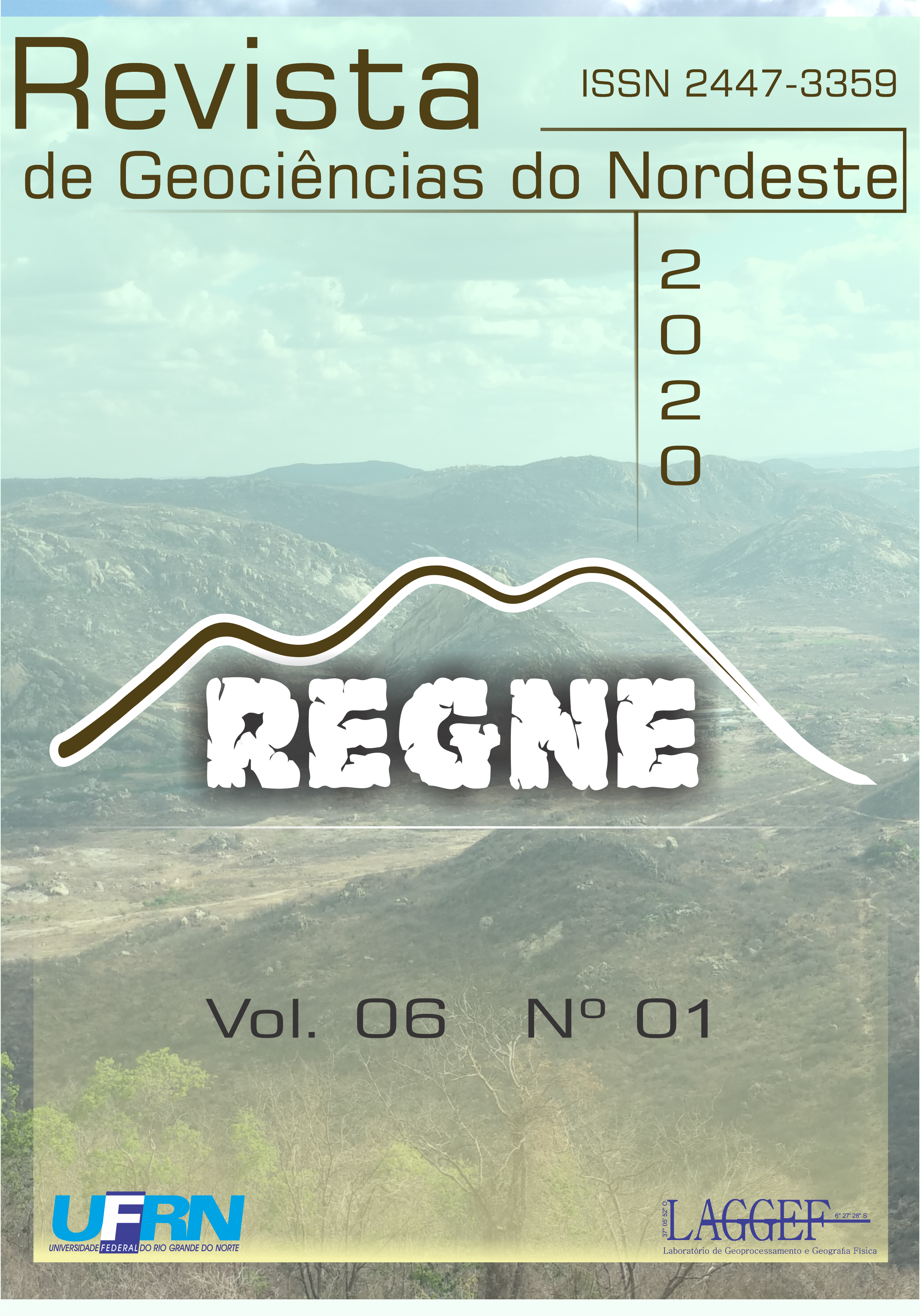STUDY OF TROPOPAUSE DYNAMICS OVER NATAL-RN FROM RADIOSONDE DATA OF METEOROLOGICAL BALLOONS
DOI:
https://doi.org/10.21680/2447-3359.2020v6n1ID18323Abstract
The terrestrial equatorial tropopause is generally analyzed as a region of modest temperature variations and defined only as an interface between the troposphere and the stratosphere. However, recent works has suggested that the tropopause may be a source of disturbances capable of locally affecting the tropospheric climate. In this context, the present work describes a detailed investigation of the characteristics of the equatorial tropopause over Natal-RN, from data of radiosondes of meteorological balloons launched by Barreira do Inferno Center of Launch (CLBI) during the years from 2010 to 2014. In addition, comparisons with semi-empirical computational models such as the MSIS-90 show differences with the studied data. A total of 1849 cases were analyzed, 949 of which were daytime and 900 were nocturnal. The minimum temperatures of the tropopause were compared with the seasons, and it was found that the minimum temperature occurs in autumn and the maximum during winter, whose average values are, respectively, 189.6 K and 194.5 K. The proposed explanation for these results relates the precipitation during these seasons with the release of energy to the upper troposphere.


 Português (Brasil)
Português (Brasil) English
English







